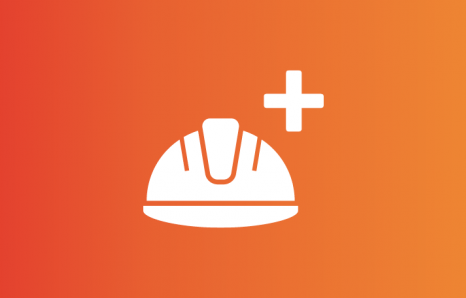Closing the listening gap and listening effectively can create not just a safer workplace but also a culture where people can thrive and feel psychologically safe, improving wellbeing. This session covers what listening well looks like and introduces the concept of safety silence and its potential consequences. We also challenge you to think about how you hear different people and how this can affect inclusivity at work – and beyond.
You may also be interested in:

Welcome to Rail Wellbeing Live 2023
Panel discussion: supporting young people’s mental health
Young workers aged 18 to 30 are perceived to be under almost twice as much pressure in their lives as their more senior peers. They’re more likely to be worrying about debt or struggling to pay their bills, which is likely to add to their stress. Companies can and should focus on creating a more inclusive environment and be prepared to step up and support their people.

Dealing with the hidden killer: Improving dust controls
It may be microscopic in size, but dust can pose a big risk to our health. Hear from Steve Perkins, who aims to improve our understanding of how we can control health risks through occupational hygiene – especially the challenge of dust.

Top tips on improving metabolic health
Learn simple, practical ways to boost your energy, manage weight, improve sleep, and support long-term wellbeing. This session covers nutrition, movement, stress control, and key health numbers to help you take charge of your metabolic health.
